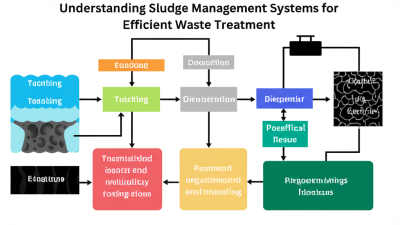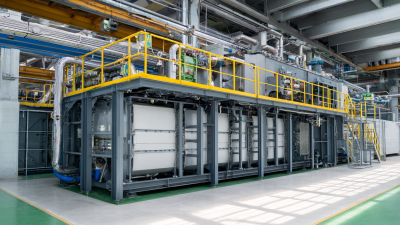You know, around the world, industries are really feeling the heat when it comes to managing wastewater. That's where Advanced Oxidation Processes, or AOPs, are coming into play as a game-changer. I recently came across some market reports that say the global market for these processes could hit about $1.75 billion by 2026. It makes sense — there's a real push to find better ways to treat contaminated water, plus stricter environmental rules are pushing companies to step up their game.
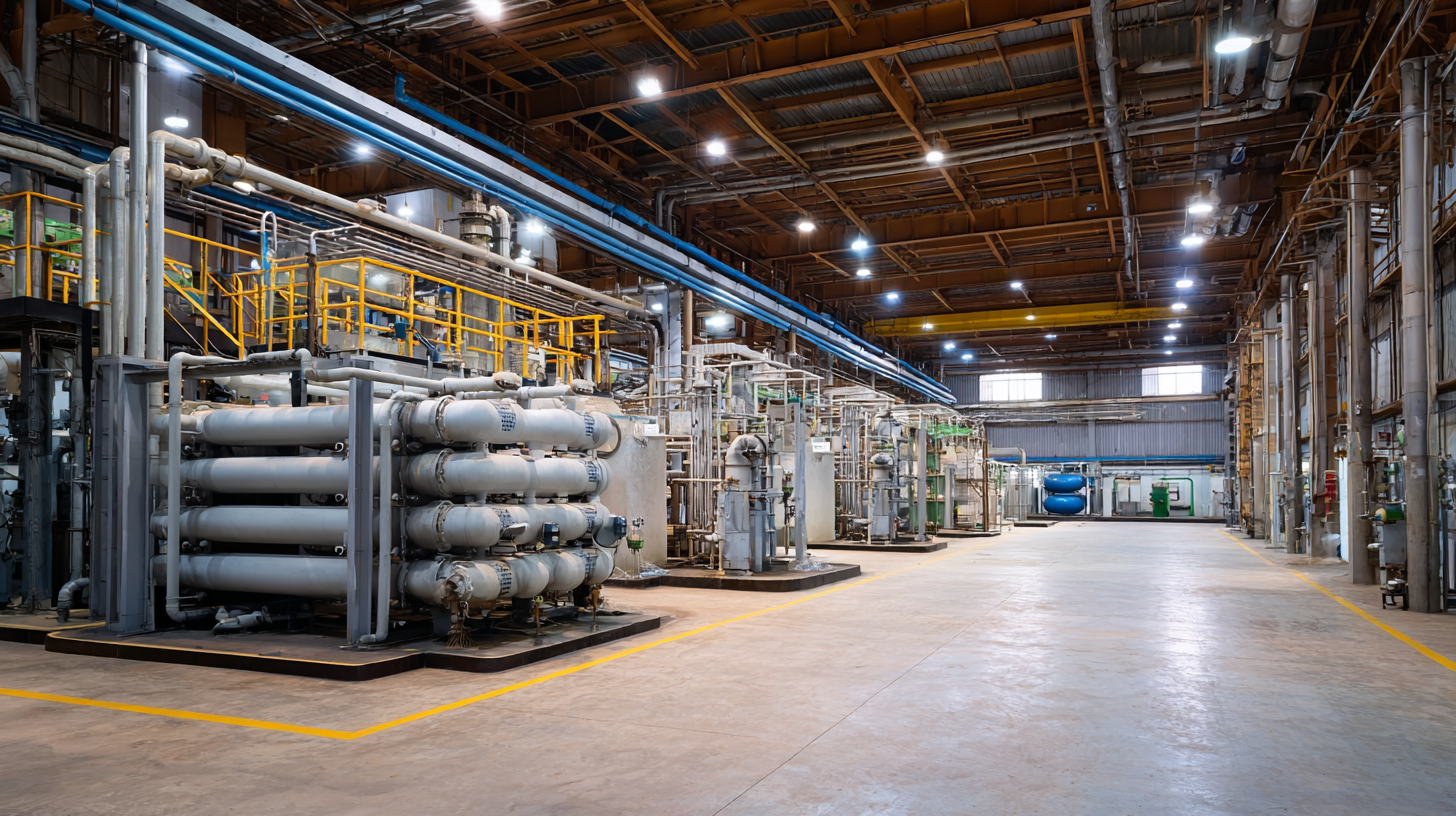
At APEX, we focus on developing tough wastewater treatment equipment, and we totally get that implementing AOPs can make a huge difference — it can boost efficiency, cut down on chemical use, and help move things along faster. With our latest sludge drying and conveying tech, we're all about bringing innovative, sustainable solutions to the table. Our goal? Helping industries stay compliant with regulations while also doing their part for the environment — it’s all about balance, right?
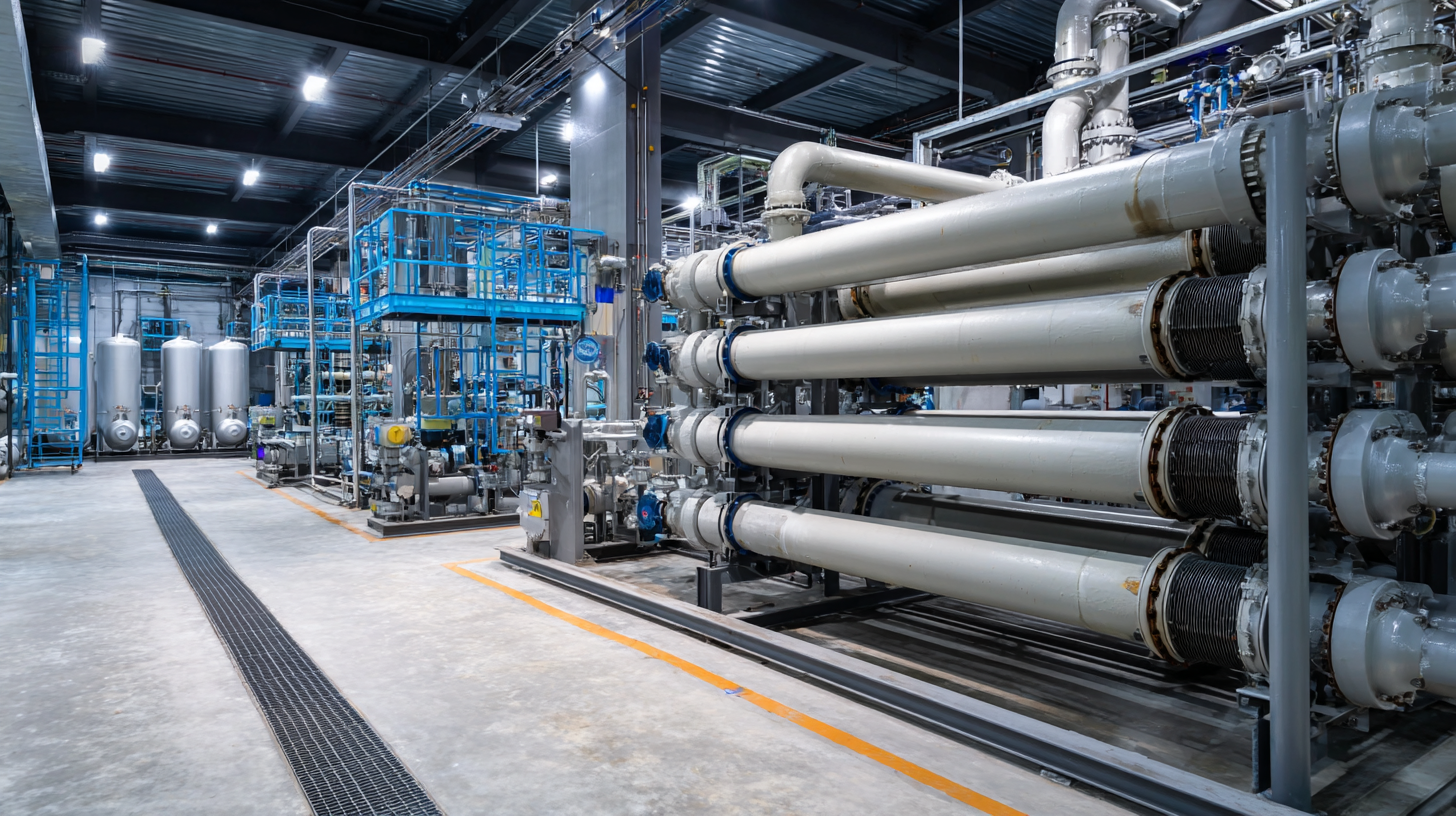 Advanced Oxidation Processes, or AOPs for short, are really at the forefront when it comes to cleaning up wastewater. Basically, they use powerful oxidants—think of them like super-strong cleaners—to break down organic pollutants and get rid of germs. The magic behind AOPs? It’s all about generating these tiny, super-reactive molecules called hydroxyl radicals. They’re surprisingly good at smashing apart tricky contaminants that traditional methods often can't handle. Techniques like ozone treatment, hydrogen peroxide, and ultraviolet light work together in AOPs to make wastewater treatment way more effective.
Advanced Oxidation Processes, or AOPs for short, are really at the forefront when it comes to cleaning up wastewater. Basically, they use powerful oxidants—think of them like super-strong cleaners—to break down organic pollutants and get rid of germs. The magic behind AOPs? It’s all about generating these tiny, super-reactive molecules called hydroxyl radicals. They’re surprisingly good at smashing apart tricky contaminants that traditional methods often can't handle. Techniques like ozone treatment, hydrogen peroxide, and ultraviolet light work together in AOPs to make wastewater treatment way more effective.
One pretty cool thing about using AOPs is how they don’t just clean the water—they actually make it safer by reducing toxins. This helps ensure that when the water’s released back into the environment, it’s much cleaner. Plus, AOPs can be tuned or tailored to target specific pollutants, which makes them super versatile for different treatment needs. As industries are under more and more pressure to be eco-friendly, understanding and adopting these processes is becoming pretty essential if they want to stay compliant and operate sustainably.
Figuring out the main contaminants in wastewater is super important if we want these advanced oxidation processes (AOPs) to work their best. Lately, studies have shown that traditional wastewater plants tend to struggle with removing really tiny stuff like microplastics—those that are between 10 and 5000 micrometers. Using different analytical methods, researchers have found that these small pollutants can actually stick around through various treatment stages, which isn’t great because they can potentially harm aquatic life and even pose risks to our health. So, it’s pretty clear that zeroing in on specific contaminants—like microplastics and PFAS (that’s per- and polyfluoroalkyl substances)—is really important if we want AOPs to be effectively targeting the worst offenders.
On top of that, there's been a real push towards prioritizing which micropollutants in wastewater should get the most attention. Basically, doing a thorough risk assessment helps us identify those really toxic organic compounds, especially from industrial waste, so we can focus our monitoring and treatment efforts better. There are some cool new tools and techniques coming out to help us keep track of these pollutants, making sure that AOPs can handle the challenge of protecting both the environment and our health. As wastewater management keeps evolving, staying updated with the latest research and trends is key to making sure these advanced processes actually make a difference.
When you're looking into advanced oxidation processes (or AOPs) for treating wastewater, it's super important to pick the right technology that fits your specific needs. There’s a bunch of different methods out there, all using strong oxidants to break down pollutants. The real trick is figuring out which one works best based on what kind of wastewater you’re dealing with, what pollutants are present, and what kind of infrastructure you already have in place. For example, if you’re handling some stubborn organic compounds, ozone-based AOPs tend to be a solid choice—they’re pretty good at tackling those complex molecules. But if your wastewater streams are more varied, mixing things up like UV with hydrogen peroxide can really give you the flexibility needed for the best results.
At APEX Company, we know how crucial it is to pick the right AOP technology, especially since we specialize in high-end wastewater treatment equipment. Our innovative solutions are designed not just to incorporate AOPs effectively but also to work seamlessly alongside our top-notch sludge drying and conveying systems. This synergy boosts the overall efficiency of your treatment process and makes sure you stay in line with strict environmental regulations. By customizing our equipment to fit different treatment scenarios, we help our clients hit their sustainability goals and earn the trust and recognition that come with successfully managing wastewater challenges.
When it comes to making wastewater treatment more efficient, dialing in the right process conditions for Advanced Oxidation Processes (AOPs) is super important. Recent research actually shows that tweaking key things like pH levels, how much oxidant you use, and the reaction time can really boost how fast contaminants break down. For example, a 2022 report from the Water Environment Federation mentions that getting the pH just right — actually, around 6.5 — can boost oxidation efficiency of organic pollutants by about 30%. That slightly acidic pH seems to be the sweet spot for Fenton’s reagent, which is a pretty common AOP, helping it do a better job of tackling those stubborn compounds.
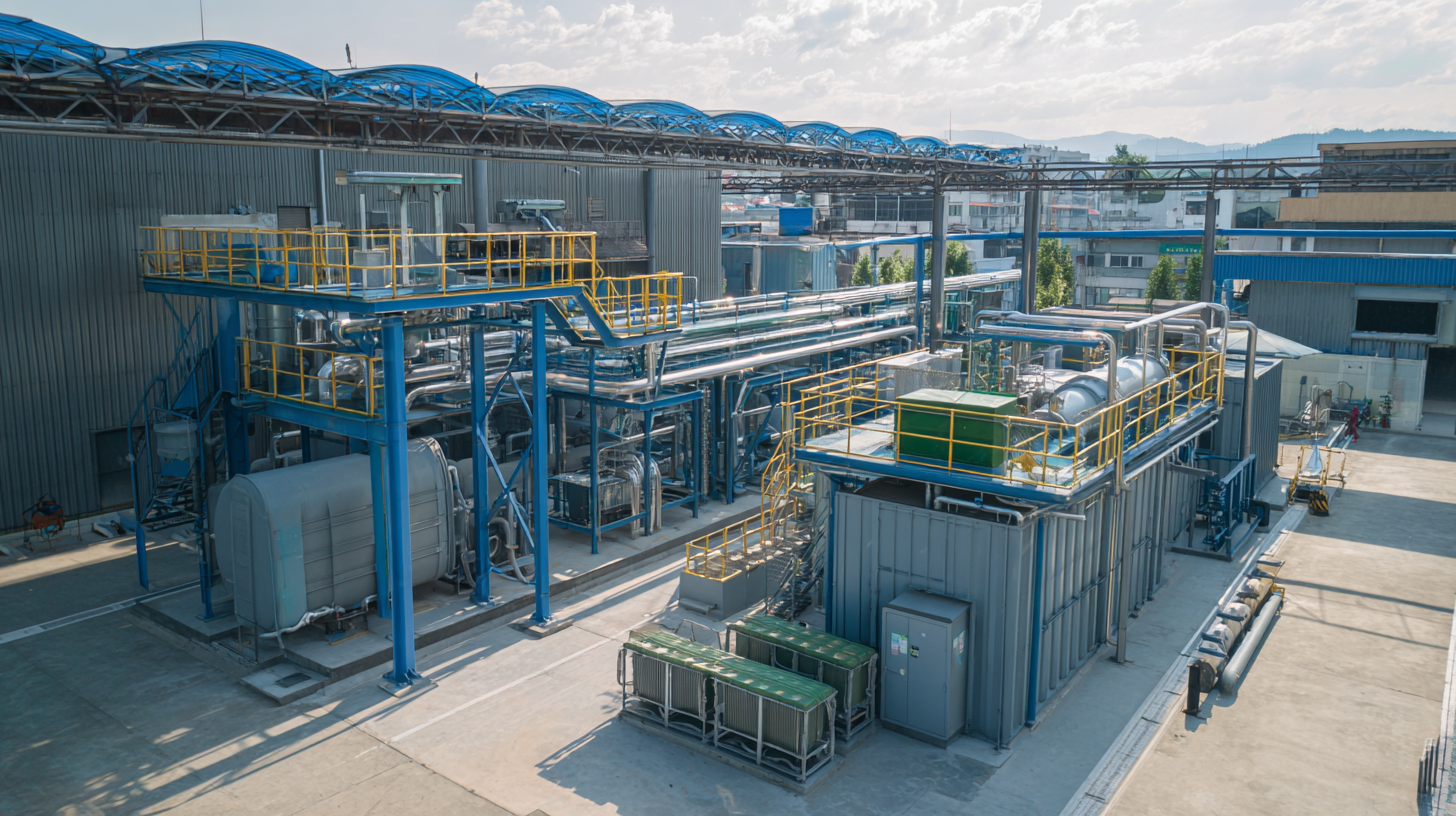
On top of that, picking the right oxidants really makes a big difference. The EPA highlights that combining ozone with hydrogen peroxide can lead to removal efficiencies of up to 95% for tough organic pollutants — way better than some of the older methods. If operators take the time to carefully adjust how much oxidant they’re using, it not only speeds up contaminant removal but also helps limit the formation of harmful byproducts. Overall, keeping an eye on these process tweaks can really make wastewater treatment more green and more effective — a win-win all around.
Keeping a close eye on how Advanced Oxidation Processes (AOP) are performing in wastewater treatment isn’t just a good idea—it's kind of essential for making sure everything’s working properly and meeting environmental standards. These systems rely on some pretty powerful oxidation techniques to break down pollutants, but to really get the most out of them, you’ve gotta monitor things like pH, temperature, and oxidant levels all the time. Using sensors and data collection tools makes it easier to keep an eye on things in real-time, so you can make quick adjustments and keep the process running smoothly.
On top of that, it’s super important to check how well the treatment actually works over time. That means looking at how much of certain contaminants get reduced, measuring dissolved organic carbon (DOC), and comparing water quality before and after treatment. Setting up a solid evaluation plan that includes regular sampling and lab tests helps ensure your AOP system is doing its job properly. When you’ve got clear baseline performance metrics and goals for removing pollutants, adjusting your strategies becomes a lot easier.
All in all, this kind of ongoing monitoring and evaluation really helps improve wastewater treatment — it’s all about making things better and more reliable in the long run.
Hey, you know, adding advanced oxidation processes—like ozonation or UV combined with hydrogen peroxide—to your existing wastewater setup can really boost how effectively you remove contaminants. I mean, studies have shown that these methods can break down over 90% of different organic pollutants pretty reliably. In fact, a 2021 report from the Water Environment Federation mentioned that facilities using AOPs saw about a 30% jump in overall treatment efficiency compared to traditional methods. Pretty impressive, right?
Now, if you're thinking about making this happen, it’s super important to check whether your current infrastructure can handle the upgrade. For example, you might be able to add AOP features to your existing aeration tanks without a total overhaul—that’s a game-changer. Here's a little tip: take some time to evaluate your current treatment setup. Find those spots where AOP can slot in easily, with minimal fuss.
And don’t forget—training your team is key. They need to get comfortable with running these new systems. So, my advice? Develop specialized training sessions, maybe some hands-on workshops, to walk your staff through the process and troubleshoot common issues. That way, everyone’s on the same page and the system runs smoothly.
Honestly, as the industry keeps advancing, adopting AOPs isn’t just about meeting regulations. It's also a smart move towards more sustainable wastewater treatment overall—so you’re not just keeping up but setting a good example.
dvanced Oxidation Processes (AOPs)?
AOPs enhance the efficiency of wastewater treatment systems by breaking down complex contaminants that traditional methods struggle to address, leading to cleaner water discharge.
AOPs employ various techniques, including ozone treatment, hydrogen peroxide, and ultraviolet light, to generate hydroxyl radicals for contaminant degradation.
The major benefits include reducing the toxicity of effluents, promoting full mineralization of organic compounds, and meeting stringent regulatory standards, making wastewater safer for the environment.
Continuous monitoring of operational parameters such as pH, temperature, and oxidant concentration is crucial for ensuring the effectiveness and compliance of AOP systems.
Key indicators include pH levels, temperature, oxidant concentration, and the reduction of specific contaminants and dissolved organic carbon (DOC) levels.
Operators can evaluate AOP performance by analyzing treatment outcomes, conducting periodic sampling, and performing laboratory analysis to assess efficiency over time.
Establishing baseline performance metrics helps operators set clear goals for contaminant removal and refine treatment strategies to enhance the overall efficacy of wastewater management efforts.
Yes, AOPs can be tailored to target particular pollutants, making them a versatile tool for wastewater treatment facilities.
Understanding and integrating AOPs into wastewater management strategies is crucial for industries to mitigate environmental impact and ensure compliance with regulations.
Hey, in today's fast-changing world when it comes to the environment, using Advanced Oxidation Processes (AOP) for wastewater treatment is pretty much essential if you're serious about getting rid of those pollutants effectively. Getting a good grip on how AOP works and what benefits it brings can really help industries target the main contaminants more efficiently. When they pick the right AOP tech and tweak the process just right, they can boost their treatment results and keep a close eye on how the system's doing.
Our friends over at APEX Company are leading the charge here. They’ve got some pretty advanced equipment that’s designed to improve sludge drying and enhance wastewater treatment overall. We’re really committed to quality and performance, which has helped us become a trusted partner for anyone looking to upgrade their wastewater systems with AOP. Basically, we’re here to help make wastewater management more sustainable and up to the task of today’s environmental challenges.
